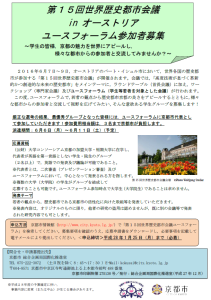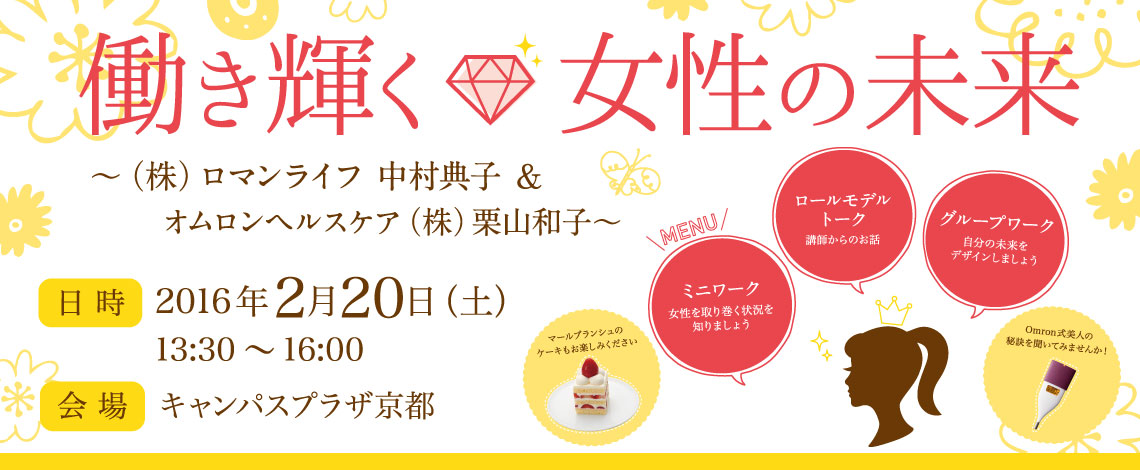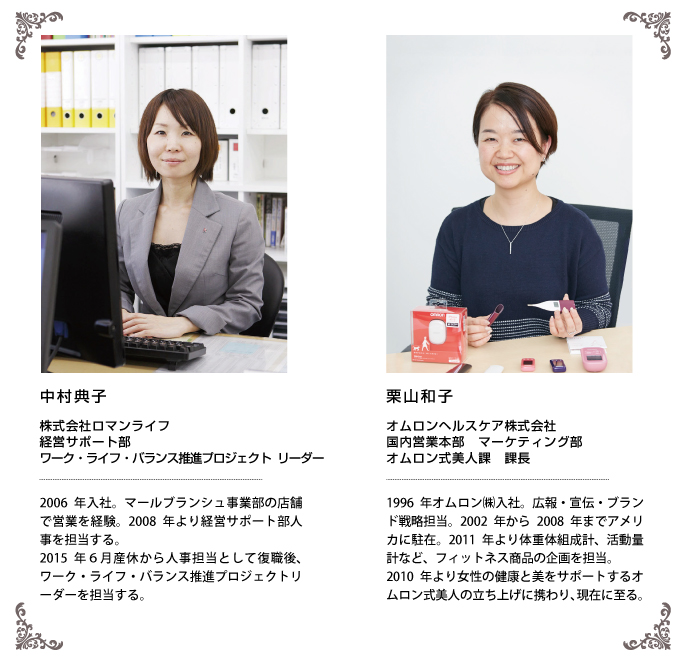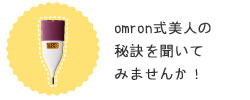We will publish the results of the analysis of the “Citizen’s Life Perception Survey” conducted as part of the “Future Kyoto Creation Research Project” jointly implemented by the University Consortium Kyoto and Kyoto City.
As part of the Kyoto City Policy Evaluation System, the “Survey on Citizens’ Perceptions of Citizens’ Lives” is conducted to grasp the extent to which the policies and measures listed in the city’s basic plan are being achieved. It can be used by those who are engaged in community development activities.
In light of the fact that this fiscal year marks the fifth year since the survey began, we are conducting an analysis from the perspective of trends over the past five years, including a special feature on how citizens’ lives have changed significantly over the past five years.
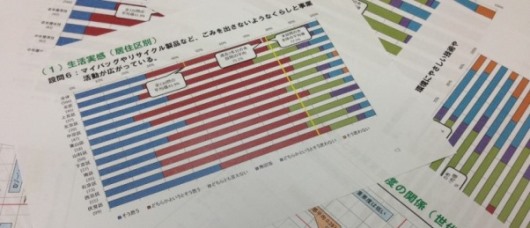
On this page, the data is summarized in a booklet with a summary of the analysis results, and the details are posted as a reference edition.
As in previous years, the results of the survey on the perception of life by generation, gender, and residence for all 130 items in all 27 policy areas, the results of the survey on the importance of policies in all 27 policy areas, and the correlation between the perception of life and the importance of the policy are posted.– Correlation between living conditions and happiness by residence, and correlation by occupation and number of years of residence
– Analysis results by residence, occupation, and number of years of residence in free description
– Status of responses to the Survey on Citizen Life by Residence, Occupation, and Number of Years of Residence
・Responses by residence of the perception of life, importance of policies, interest in city government, and happiness
We are focusing on the following: Please take a look.
What can we learn from the analysis?
– What kind of life do citizens have in each policy area, and how important do they think it is?
・ How is the transition of the 5 years of Heisei 23 ~ 27 in the actual life of citizens?
– From the correlation between the level of experience in daily life and the importance of the policy, what is the public’s perception of the current policy and its effects?
・ What kind of policy areas will improve the sense of happiness when the sense of life improves?
– What are the potential needs of citizens that appear in the content of free writing?
Data in the analysis results (summary booklet)
Analysis results related to the 27th “Citizen Life Realization Survey” Overall [Click here for details]
Reference: List of 130 questions in all 27 fields about how to feel about life [Click here for details]
Special Feature: Items that have significantly changed the way citizens feel about their lives over the past five years [Click here for details]
I. Discussion by Policy Area [Click here for details]
For all 27 policy areas, what can be seen from the results of responses to the actual perception of life and policy importance is described.
II. Analysis using statistical analysis methods Overall [Click here for details]
1 Changes in the relationship between policy importance and life perception in FY25~27 [Click here for details]
2 Correlation between generations and gender in the perception of life and happiness [Click here for details]
(1) Characteristic questions in this year’s response results
(2) Questions that were correlated across a wide range of attributes
(3) Analysis of correlations by policy area
It describes about.
3 Analysis of free text [Click here for details]
III. Outline of the 27th Citizen Life Survey Document 1
IV. Results of responses to the questionnaire on the perception of daily life, the importance of policies, the level of interest in municipal government, and the feeling of happiness Overall [Click here for details]
・Status of responses by generation and gender of life Affiliation Appendix 2
・Status of responses by generation and gender of policy importance Appendix 3
・Ranking of the percentage of positive responses in terms of life and policy importance (city-wide) Appendix 4
・Gender response status of interest in city government by generation Appendix 5
・Status of responses by generation and gender of happiness Appendix 6
Literature
The following items are posted as materials.
(1) Citizens’ perceptions of daily life, policy importance, and correlation between them in each of the 27 policy areas
Bar charts show the level of life and policy importance, and scatter plots show the correlation between the two.
1 Environment 2 Human Rights and Gender Equality 3 Youth Growth and Participation
4 Civic Life and Communities 5 Safety of Civic Life 6 Culture
7 Sports 8 Industrial and commercial 9 Tourism
10 Agriculture and Forestry 11 Universities 12 Internationalization
13 Child-rearing support 14 Welfare for persons with disabilities 15 Community welfare
16 Welfare for the elderly 17 Health and hygiene and medical care 18 School education
19 Lifelong Learning 20 Walking Town 21 Land Use and Urban Functional Arrangement
22 Landscape 23 Architecture 24 Houses
25 Roads and greenery 26 Fire and disaster prevention 27 Water for daily life
(2) Correlation between living conditions and happiness by residence, occupation and years of residence
For questions that show a relationship between an increase in a sense of life and an increase in a sense of happiness, you can see the characteristics of each occupation by residence and the number of years of residence.
By Residence, by occupation and number of years of residence
(3) Results of analysis by residence, occupation, and number of years of residence in free-form writing
It offers a glimpse into the potential needs of citizens with separate residences。
By Residence, by occupation and number of years of residence
(4) Status of responses to the Survey on Citizen Life by Residence, Occupation, and Years of Residence (Supplementary Material 1 of the Summary Booklet)
You can see the change in the number of respondents to the citizen life survey in FY23~27.
By Residence, by occupation and number of years of residence
(5) Status of responses by residence to the Survey of Citizens’ Perception of Life (Summary Booklet Material 2~6 Supplementary Materials)
Feeling of life, Policy importance, level of interest in city government, and response results by residence of happinessI understand.
Inquiries
University Consortium Kyoto Research & Public Relations DivisionTEL 075-708-5803 FAX 075-353-9101
〒600-8216 Shimogyo-ku, Kyoto-shi, Nishitoin-dori, Shiokoji, Shimo-ku, Kyoto, Campus Plaza Kyoto
* Reception hours: Tuesday ~ Saturday 9:00 ~ 17:00 (excluding year-end and New Year holidays)















